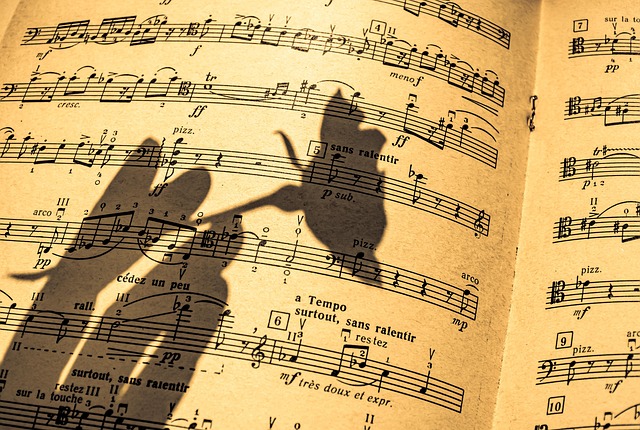When it comes to photography, the essence lies not just in what is captured through the lens, but in how we interpret those images. Mastering the art of interpretation transforms your photos from mere documents of reality into profound expressions of emotion and thought. The act of composition is the key that unlocks this artistic potential, allowing your unique voice to resonate within every shot.
As photographers, our cameras serve as an extension of ourselves. The optics of our gear become the eyes through which we view the world, shaped by our perspectives and feelings. Each click of the shutter is an invitation to tell a story, to evoke feelings and provoke thoughts. But how do we master the interpretation of these moments? It starts with the understanding that every element within the frame holds significance.
Consider the simplicity of light. How it dances across subjects, casting shadows and highlighting textures, creates a narrative that goes beyond what is seen. A photograph is not static; it breathes vitality through the interplay of light and dark. By experimenting with different lighting conditions—golden hour, harsh midday, or moody overcast skies—you can manipulate the mood of your images, further enhancing your interpretative approach.
Next, think about composition. The Rule of Thirds is a fundamental guideline, but interpretation invites you to break those rules. Allow your intuition to guide your framing. Is there a space that feels empty yet compelling? Does an object in the foreground draw attention to the background in unexpected ways? Delving into these nuances can elevate a standard shot into something profoundly meaningful.
Your choice of subject also plays a critical role in interpretation. What resonates with you? Nature, urban environments, people, or abstract forms? Each subject carries its own stories and symbolism, waiting to be uncovered and presented in a new light. For instance, capturing a subject in motion can express the dynamism of life, while still life can evoke stillness and contemplation. The goal is to connect with your viewers, to invite them into your world and encourage them to find their own interpretations within the frame.
Alongside your technical skills, understanding the psychological aspects of interpretation can deepen your work. Different colors, shapes, and lines can evoke various emotions. Warm colors might elicit feelings of happiness or comfort, while cool colors can bring tranquility or sadness. Line direction can guide the viewer’s eye, creating tension or harmony. By being aware of these aspects, you can intentionally craft photos with emotional depth and resonance.
Finally, embrace the post-processing stage. This powerful tool can enhance your original interpretation, allowing you to manipulate color, contrast, and texture to align with the mood you wish to convey. However, it’s vital to remain authentic; the post-processing should elevate rather than transform the essence of your photograph. Remember that the core of interpretation lies in authenticity—your unique view of the world should stay intact.
In essence, mastering the art of interpretation in photography is about finding your voice and sharing it effectively through composition. It’s a journey of exploration and experimentation, a dance between subject, technique, and emotion. As you refine your skills in interpretation, your photography will not only capture moments but also convey narratives that resonate deeply with your audience.



